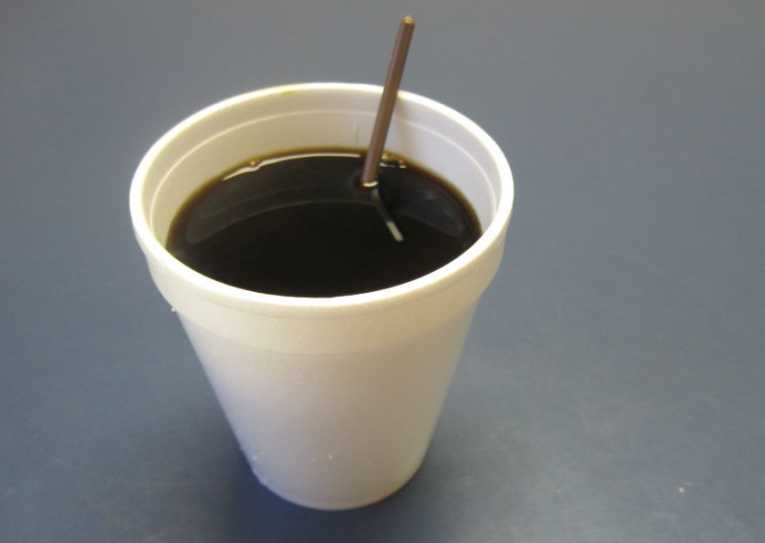As bioplastics revolutionise the packaging industry, scientists have now discovered a greener alternative to traditional Styrofoam packaging blocks.
Comprised of mostly milk proteins and clay, this new material, reported to be ultra-light and largely biodegradable, could prove a viable, earth-friendly alternative to the foam packaging blocks that are derived from petroleum.
The discovery of this new 'bio-Styrofoam' came about entirely by accident after a student at Case Western Reserve University in Cleveland freeze-dried a piece of clay. The results were intriguing enough to warrant further inspection, and the team began to experiment mixing the clay with a variety of other materials. Adding a protein called casein (found in cow's milk) produced an extremely light, fluffy and foam-like material.
"The idea that we could go from milk and dirt to plastic foam seems attractive," said David Schiraldi, a polymer scientist at the university. "Clay is pretty close to inexhaustible. Our only effluent is water vapor. It seems pretty green to me."
According to Schiraldi, the process "is simplicity itself." Clay and water are mixed together in a kitchen blender, then casein powder is added. Finally, a small amount of a glycerol-based material is added, to stiffen the solution's chemical bonds. After further blending, the mixture is poured into moulds and freeze-dried.
The resulting material has the same properties of Styrofoam, but is 98 percent bio-based. At 100 degrees Celsius, the 'bio-foam' lets out a few drops of water, but stays sturdy up to 200 degrees Celsius.
Its compostability also wins the product a green star. In tests undertaken by the US Department of Agriculture, nearly a third of the new material broke down after about 45 days in industrial composting conditions. That's significantly more preferable to the composting nature of traditional Styrofoam and other types of expanded polystyrene foam.
"Compared to expanded polystyrene foam, we're in a different league," Schiraldi said. "Styrofoam lives forever."
However, there will be many factors to consider before the new material can be used in the mainstream market, including economic considerations and ensuring the product doesn't smell like sour milk.










